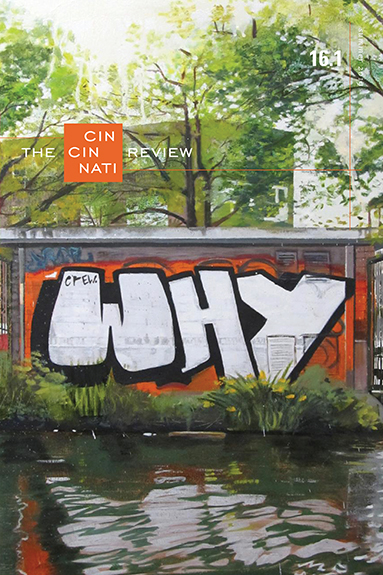Little is known about the history of fog. But it is water—billions of microscopic droplets suspended above the earth—and it comes eight ways. Hovering close to the ground, it is the most common, radiation fog. Floating above the lowest points in Appalachia, it is valley fog. Fog drawn inland from the Pacific, or the San Francisco Bay, is advection fog. Fog rising from a warm lake is steam fog. In the darkest months in the deepest interiors of Alaska is the densest, coldest fog, made entirely of ice crystals. After a hot summer rain comes the less common frontal fog. Ascendant air in the High Plains breeds upslope fog. And the shallow, unimaginative fog that follows hail is hail fog. What separates fog from mist is the ability to render landscapes invisible. To be considered fog, mist must prevent you from detecting even the closest tower on a bridge, a minimum of one kilometer away. To be transformed to fog, mist must transform everything it touches.
Little is known about the history of fog. But it does have a history, a record of concealment and illumination. The record shows that William Elliot, captaining a sealing ship off Macquarie Island in 1821, discovered Emerald Island. The plain below it he called Emerald Plain. As it turned out, Emerald Island was not land but fog, and the plain took its name from a mirage. Steering an English whaler along the coast of Antarctica in 1841, Captain Dougherty discovered Dougherty Island. Covered in snow, it ran six miles long and could be identified by its tall escarpment. It was again identified by the Louise in 1860 and the Cingalese in 1886, though the ice melted and the fog dissipated, and there was no island there: The sailors had been mistaken. Two hundred years earlier, British explorers of the Wood expedition reported they’d found America’s West Coast, the boundary of what would become their progeny’s destiny: They mistook fog for Pacific Ocean inlets, in West Virginia. These discoveries—phenomena known as phantom islands, the phantom edge of our continent—exposed themselves over time. When fog clears, revealing once-hidden land- or seascapes, it erases itself first at its outmost reaches and works inward. Its thinnest edges evaporate, as the vanishing effect passes through to the deeper, denser heart of the fog.
Little is known about the history of fog. In museums, fog does not fill the display cases. But you can jar fog, the way doctors preserve organs on ice. If you lift a jar into fog and seal it tightly, you can keep the fog for a few minutes. The container’s walls will turn opaque when the cap screws shut. Soon they will become transparent, save two or three shapes made by condensed water. Then the shapes will vanish, leaving droplets of water behind. Fog cannot be saved. You can only trust it is part of a cycle that is larger than you. You can leave your pot outside in the fog, as the ancients did when there was no rain. You can install a fogcatcher, which is a simple screen, as some Peruvians do in Bella Vista above Lima. You too can harness the fog, collecting water to irrigate your fields, to cleanse your body, and to drink.
. . .











